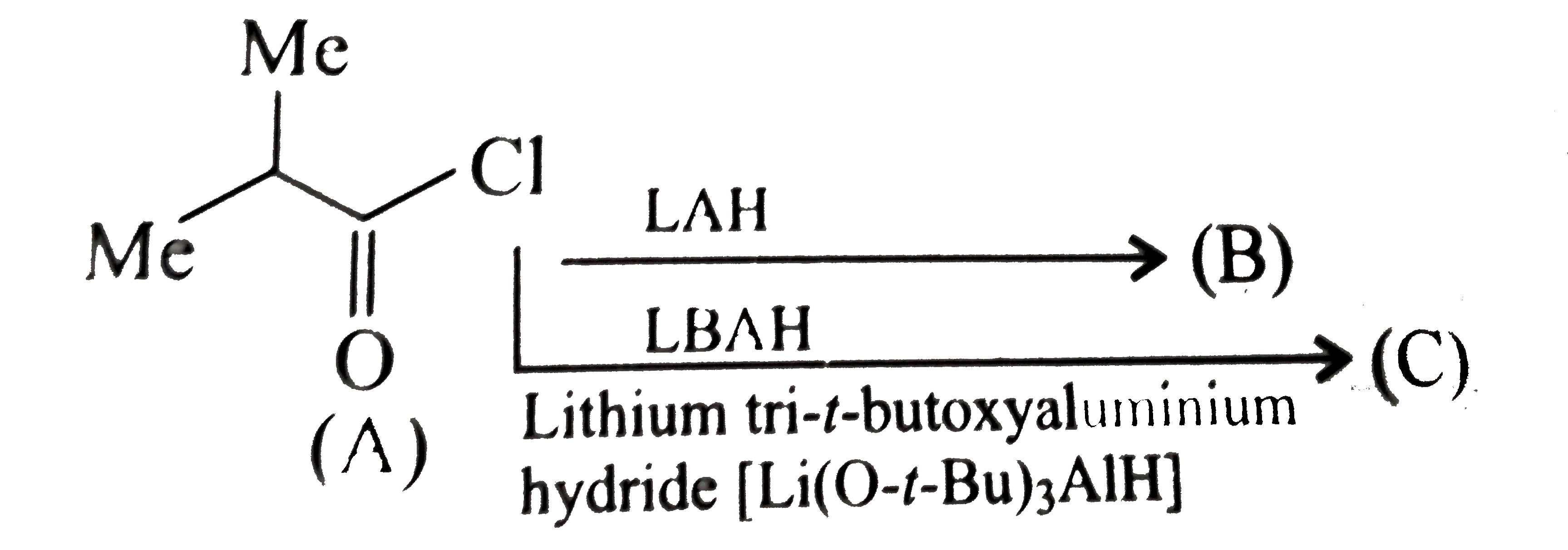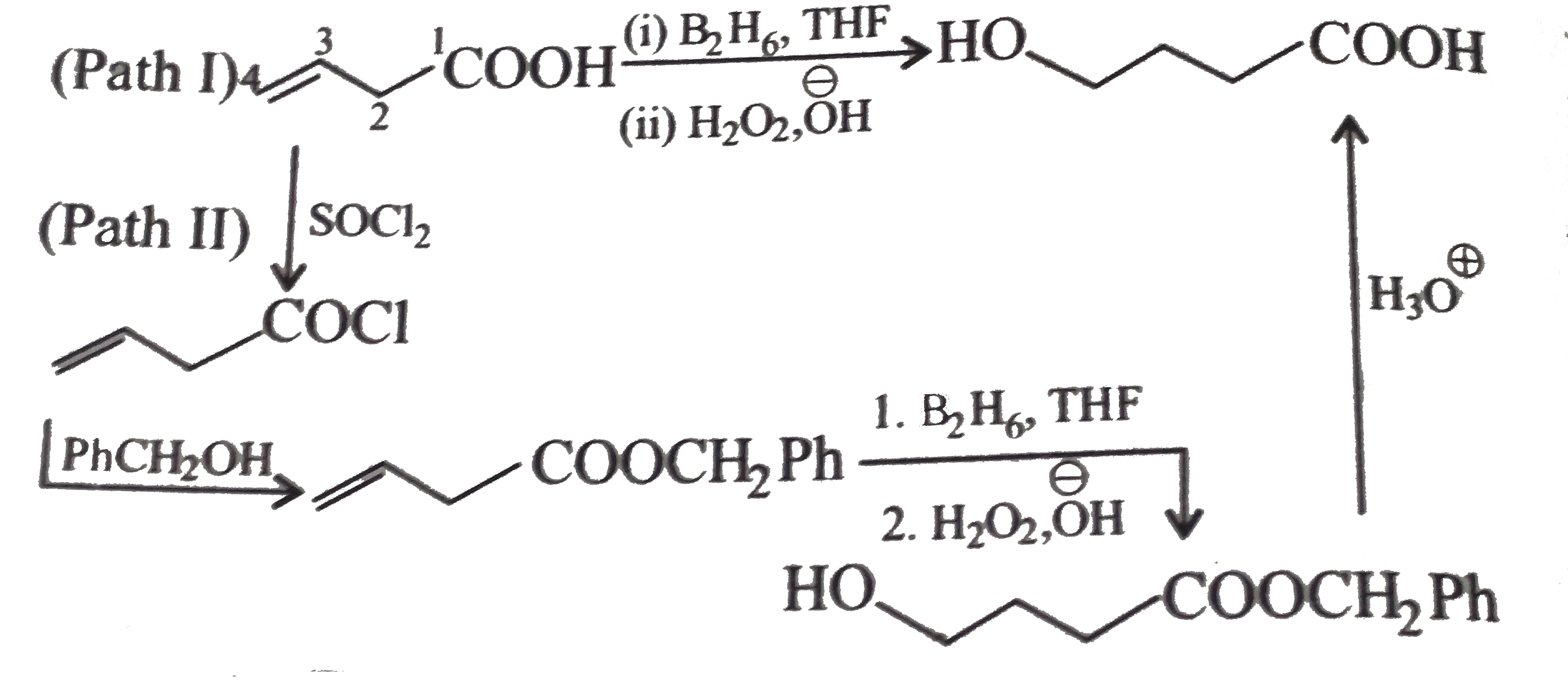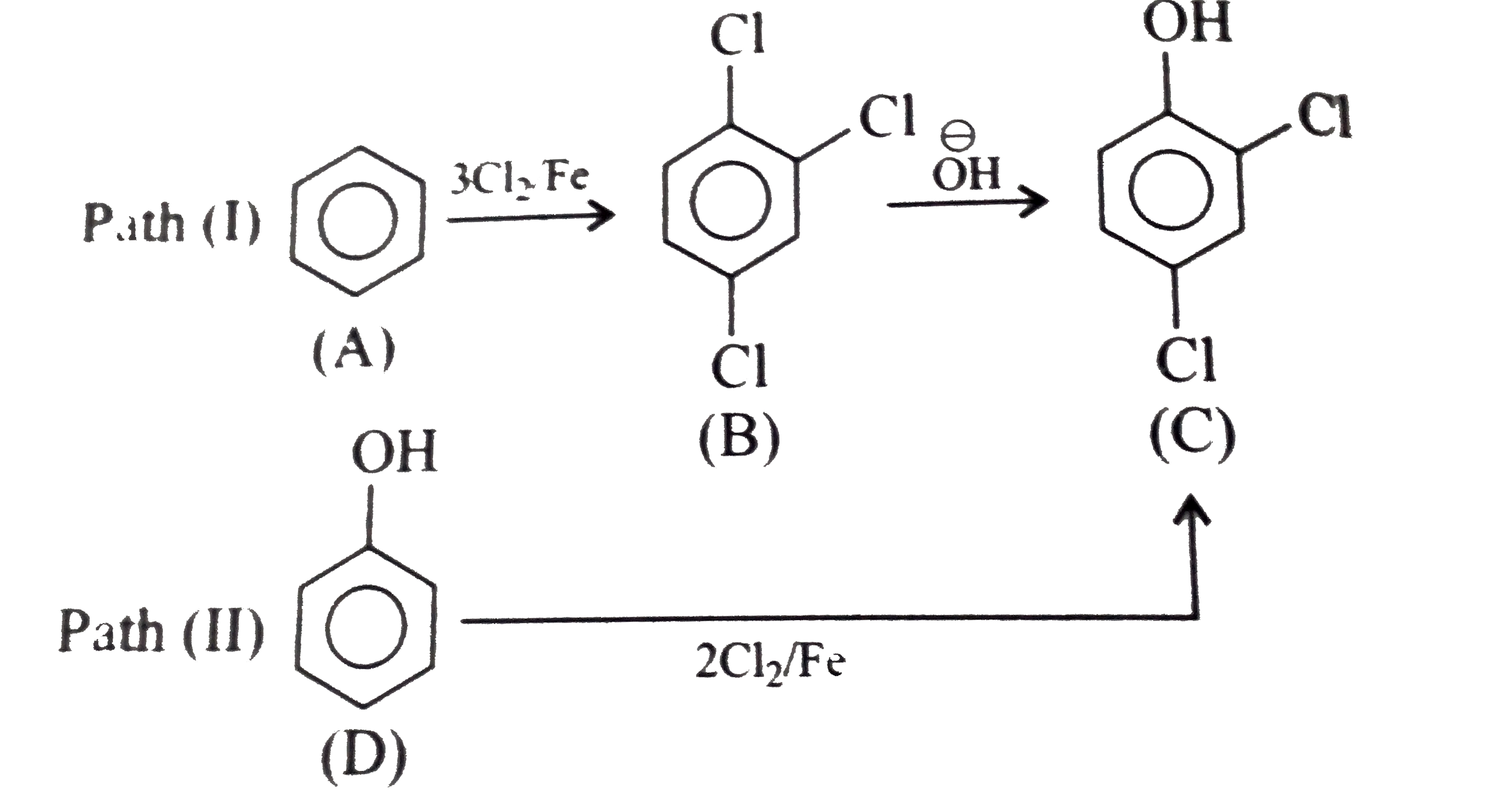Which of the following statements are correct about Nylon-6,6?
Nylon fibers have higher tensile strenght than terylene fibers.
Nylon fibers have lower tensile strenght than terylene fibers.
In nylon, there is strong ihntermolecular H-bonding, while in trylene there is weak dipole-dipole interaction
In nylon, there is weak ihntermolecular H-bonding, while in trylene there is strong dipole-dipole interaction
The correct Answer is:A, C
To determine which statements about Nylon-6,6 are correct, we will analyze the properties of Nylon-6,6 and compare them with Terylene (also known as polyester). Here’s a step-by-step solution:
Step 1: Understand the Composition of Nylon-6,6
Nylon-6,6 is a synthetic polymer made from hexamethylenediamine and adipic acid. It has a repeating unit that contains both amide (NH-CO) linkages, which are responsible for its properties.
Hint: Remember that the presence of NH-CO bonds in Nylon-6,6 contributes to its strong intermolecular hydrogen bonding.
Step 2: Analyze Mechanical Strength
Nylon-6,6 is known for its high mechanical strength and superior resistance to wear and organic chemicals. It has more than double the strength and stiffness compared to unreinforced nylon.
Hint: Consider how the structure of Nylon-6,6 contributes to its mechanical properties.
Step 3: Compare with Terylene
Terylene, on the other hand, does not have the same type of hydrogen bonding as Nylon-6,6. Instead, it primarily exhibits weak dipole-dipole interactions due to its ester linkages.
Hint: Focus on the types of intermolecular forces present in both polymers to understand their differences.
Step 4: Evaluate the Statements
Now, let's evaluate the given statements:
1. Nylon fiber has higher tensile strength than Terylene fiber.
- This statement is incorrect. While Nylon-6,6 is strong, Terylene fibers are also known for their strength, and the comparison can vary based on specific conditions.
2. In Nylon, there is strong intermolecular H bonding while in Terylene there is weak dipole-dipole interaction.
- This statement is correct. Nylon-6,6 has strong hydrogen bonding due to its amide groups, while Terylene has weaker interactions.
3. In Nylon, there is weak intermolecular H bonding while in Terylene there is strong dipole-dipole interaction.
- This statement is incorrect. Nylon-6,6 has strong hydrogen bonding, contradicting this statement.
Conclusion
Based on the analysis:
- The correct statement is: In Nylon, there is strong intermolecular H bonding while in Terylene there is weak dipole-dipole interaction.
Summary of Correct Statements
- Only the second statement is correct.
Nylon-6,6 is a synthetic polymer made from hexamethylenediamine and adipic acid. It has a repeating unit that contains both amide (NH-CO) linkages, which are responsible for its properties.
Nylon-6,6 is known for its high mechanical strength and superior resistance to wear and organic chemicals. It has more than double the strength and stiffness compared to unreinforced nylon.
Terylene, on the other hand, does not have the same type of hydrogen bonding as Nylon-6,6. Instead, it primarily exhibits weak dipole-dipole interactions due to its ester linkages.
Now, let's evaluate the given statements:
- This statement is incorrect. While Nylon-6,6 is strong, Terylene fibers are also known for their strength, and the comparison can vary based on specific conditions.
- This statement is correct. Nylon-6,6 has strong hydrogen bonding due to its amide groups, while Terylene has weaker interactions.
- This statement is incorrect. Nylon-6,6 has strong hydrogen bonding, contradicting this statement.
Based on the analysis:
- The correct statement is: In Nylon, there is strong intermolecular H bonding while in Terylene there is weak dipole-dipole interaction.
- Only the second statement is correct.
Topper's Solved these Questions
- BOOK - CENGAGE CHEMISTRY ENGLISHCHAPTER - SYNTHETIC AND NATURAL POLYMERSEXERCISE - Exercises Single Correct94videos
SYNTHETIC AND NATURAL POLYMERS
- BOOK - CENGAGE CHEMISTRY ENGLISHCHAPTER - SYNTHETIC AND NATURAL POLYMERSEXERCISE - Exercises Assertion Reasoning10videos
SYNTHETIC AND NATURAL POLYMERS
- BOOK - CENGAGE CHEMISTRY ENGLISHCHAPTER - SYNTHETIC AND NATURAL POLYMERSEXERCISE - Exercises Linked Comprehension30videos
SYNTHETIC AND NATURAL POLYMERS
- BOOK - CENGAGE CHEMISTRY ENGLISHCHAPTER - SURFACE CHEMISTRYEXERCISE - Archives Subjective2videos
SURFACE CHEMISTRY
Similar Questions
Knowledge Check
- Question 1 - Select One or More
Which of the following statements are correct about tautomers?
AThey possess different electronic and atomic arrangementBThey possess different electronic but same atomic arrangementCThey have different atomic arrangements but same electronic arrangementDThey exist in equilibrium
Which of the following statements are correct about the following reaction ?
 View Solution
View SolutionWhich of the following statements are correct about the following reactions :
 .View Solution
.View SolutionWhich of the following statements are correct about the following reaction
 View Solution
View SolutionWhich of the following statement is correct about alveoli?
View SolutionWhich of the following statements is/are correct about the following is/are correct about the following reactions ?
 View Solution
View SolutionWhich of the following statements is/are correct about the following reaction ?
 View Solution
View SolutionWhich of the following statements is/are correct about 6.8% stregnth of H2O2.
View Solution

